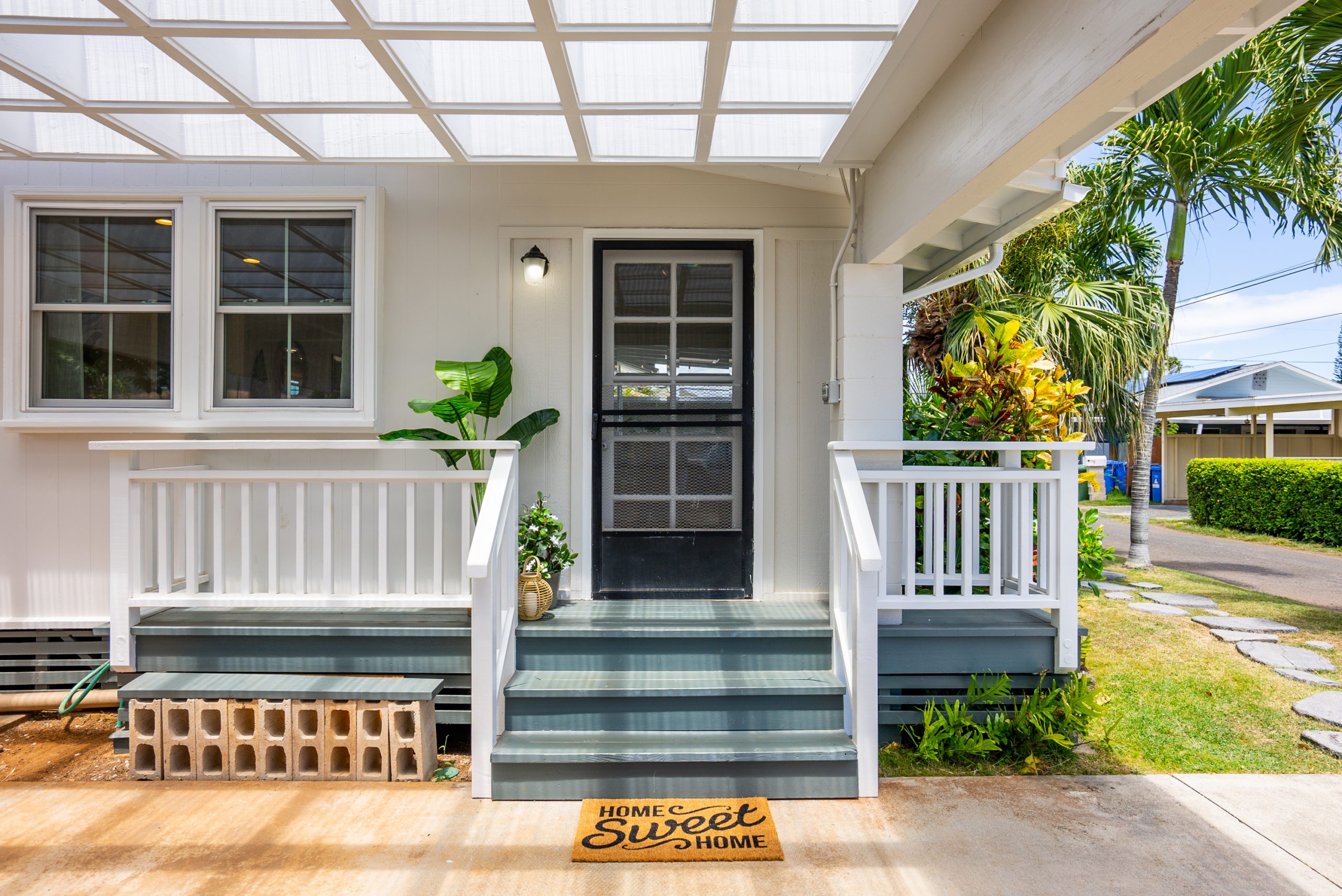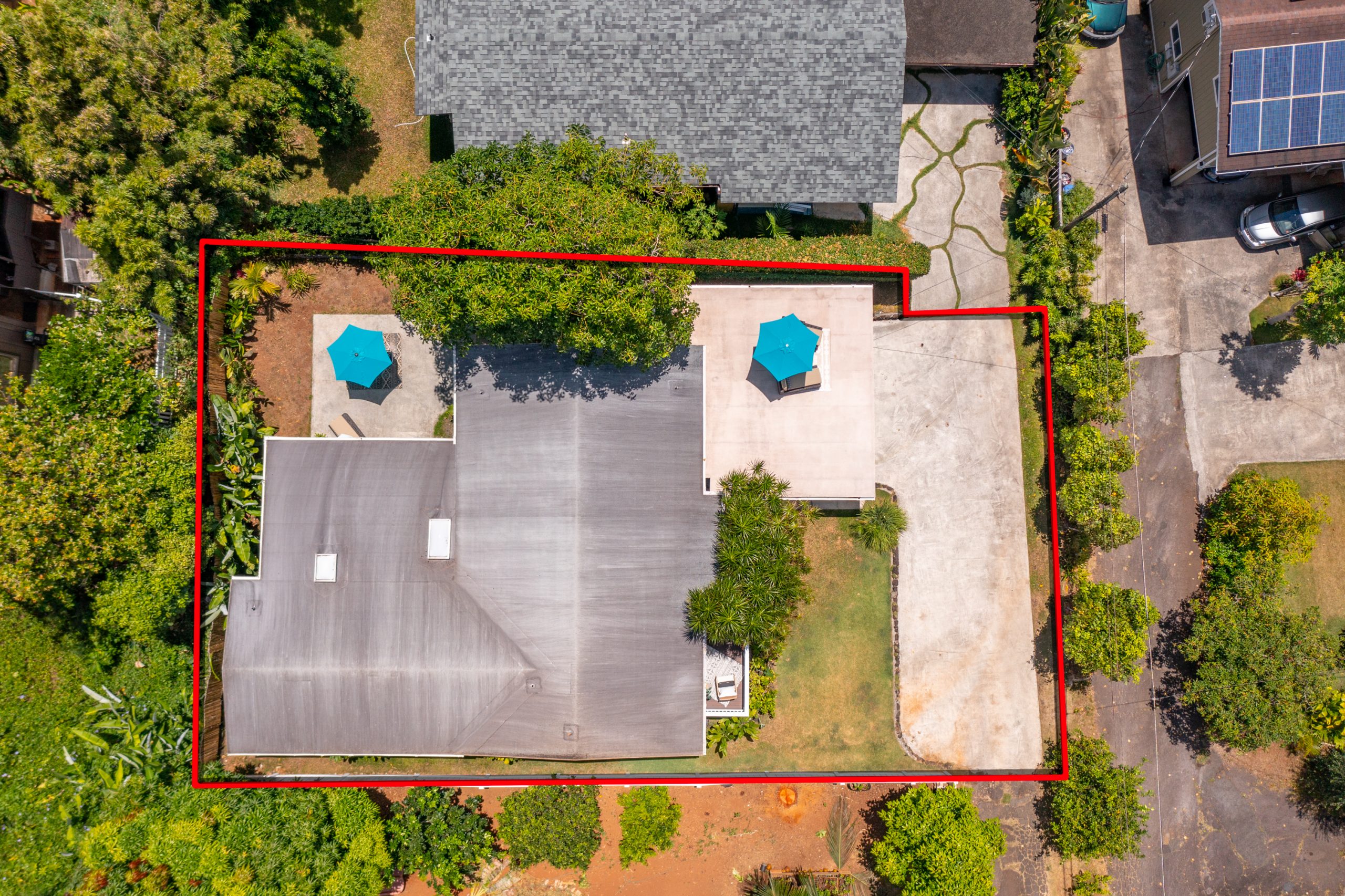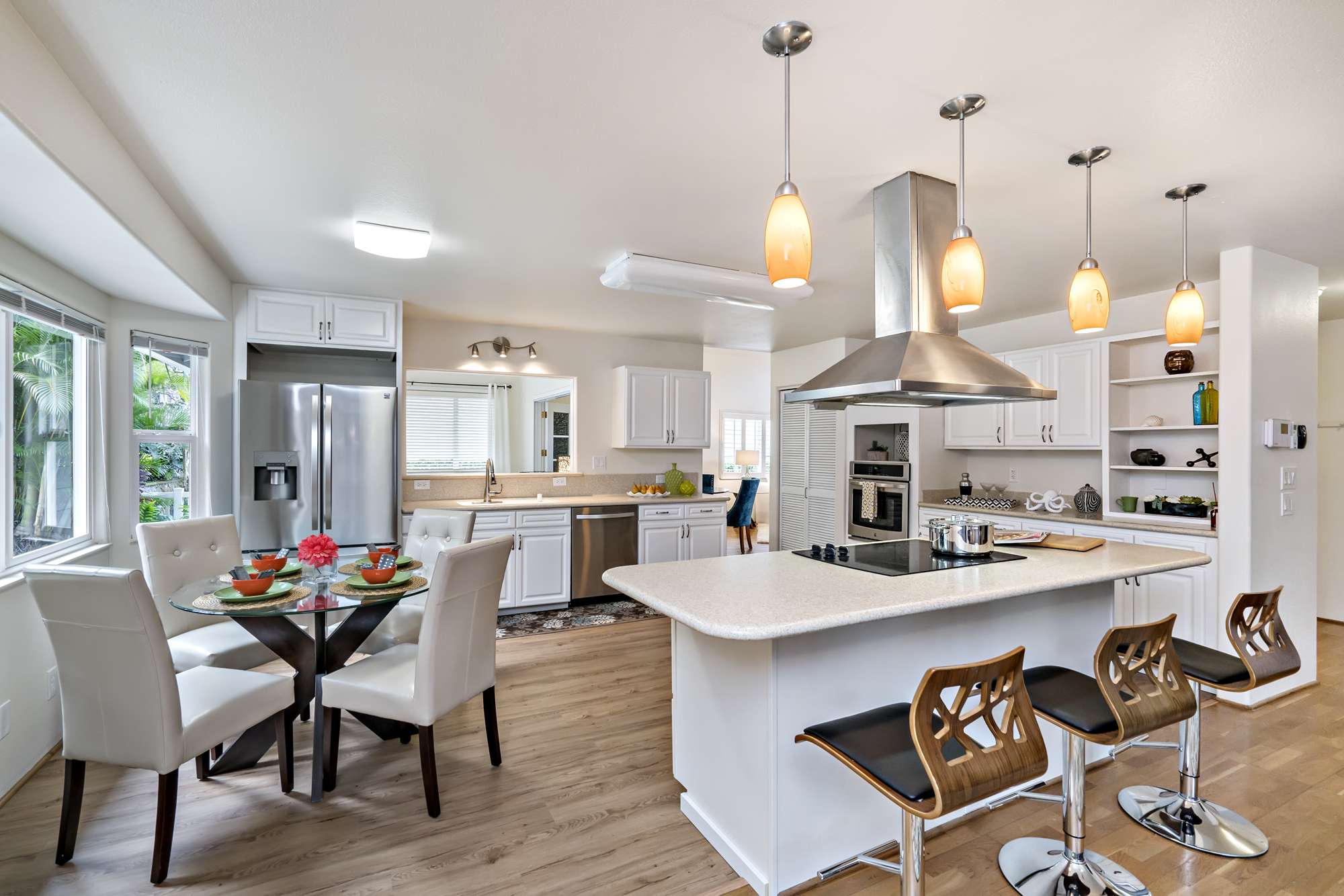Difference Between a Realtor & a Real Estate Agent
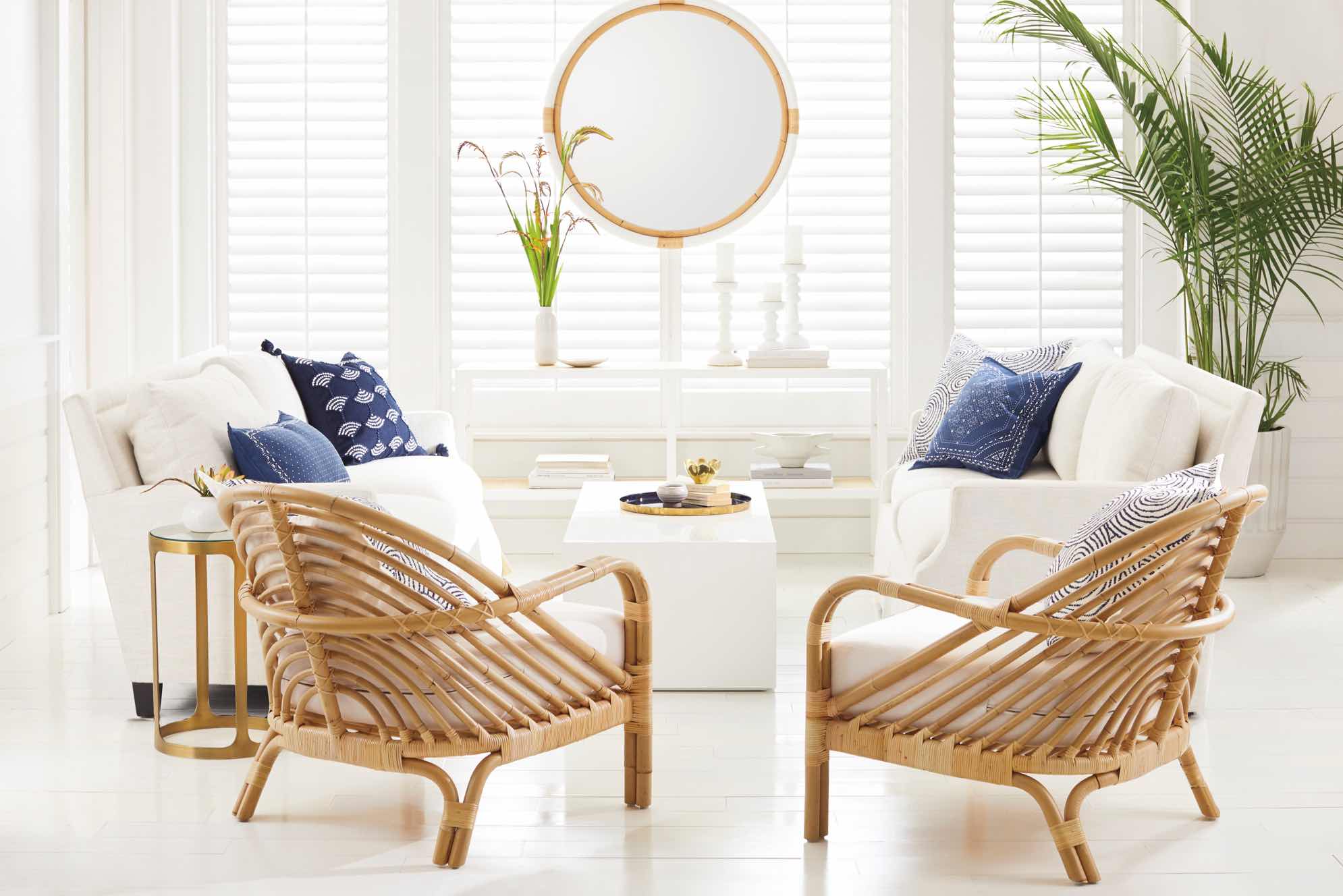
Are you working with a Realtor or a real estate agent? Often, people use the words interchangeably to refer to any individual who handles real estate transactions, but that’s not correct.
A real estate professional can be classified as a real estate agent, realtor, and/or broker. The difference between these titles are the levels of education, experience, and affiliation. So, who are these individuals and what do they offer? Are all real estate agents realtors or is there more required to be one or the other? We’ve got the inside scoop.
Real Estate Agent
A real estate agent is a person who is licensed to represent buyers and sellers in a real estate transaction. The steps to becoming licensed vary by state but typically include a minimum number of instructional hours and the passing of a real estate licensing exam. Additionally, many real estate agents have also passed a state background check and have business insurance.
Agents are the most common real estate professionals that you’ll run across. All real estate brokers and realtors are real estate agents, but not all real estate agents are brokers or realtors.
Real Estate Broker
The differences between a real estate agent and broker have to do with education. A real estate broker has pursued a higher level of licensing after working in the industry for a set amount of time. In addition, to become a broker you should be verified by a principal broker and pass a broker exam specific to your state.
In the end, the most telling differences between a real estate agent and broker are their level of experience. A broker has at least worked in the industry buying and selling homes for a few years.
Realtor
The final title is that of a realtor. A real estate agent and a real estate broker can both be realtors. The key to being a realtor vs. a real estate agent is belonging to the National Association of Realtors (NAR). Only members of this association can be identified as a realtor.
What makes a realtor unique? members of the NAR have all taken a pledge to follow a set of ethics and guidelines that ensure their integrity. These codes of ethics carry weight for a realtor in their day-to-day business practices and cover a wide range of pledges:
Shall put the interests of buyers and sellers ahead of their own.
Shall cooperate with other brokers and agents if it’s in the best interest of the client.
Shall refuse fees from more than one party without consent.
Shall not discriminate in any fashion.
Shall always present the truth in advertising.
All in all, the REALTOR® Code of Ethics offers a very specific outline for how an agent or broker should think, act, and perform their duties. This is not to say that the main broker and realtor difference is the type of individual—an ethical or non-ethical person. A broker can follow these same ethics guidelines without being a member of the National Association of Realtors. However, being a member of the NAR does offer a course of action if you have a complaint; you can contact your local board of realtors.
Choosing Your Real Estate Professional
So, how do you choose the right real estate professional for you? The right individual will be different for every transaction, homebuyer, and seller. You need to decide if having a few extra years of experience and education or adherence to a specific code of ethics makes you feel more comfortable hiring one person over another.
No matter whom you decide, we recommend carefully vetting all your candidates and reviewing their qualifications before making your choice. A realtor isn’t necessarily better than a broker, and an agent isn’t necessarily less experienced than a broker. It all depends on their qualifications. Vet wisely.
3 Simple DIY Projects to Tackle this Summer
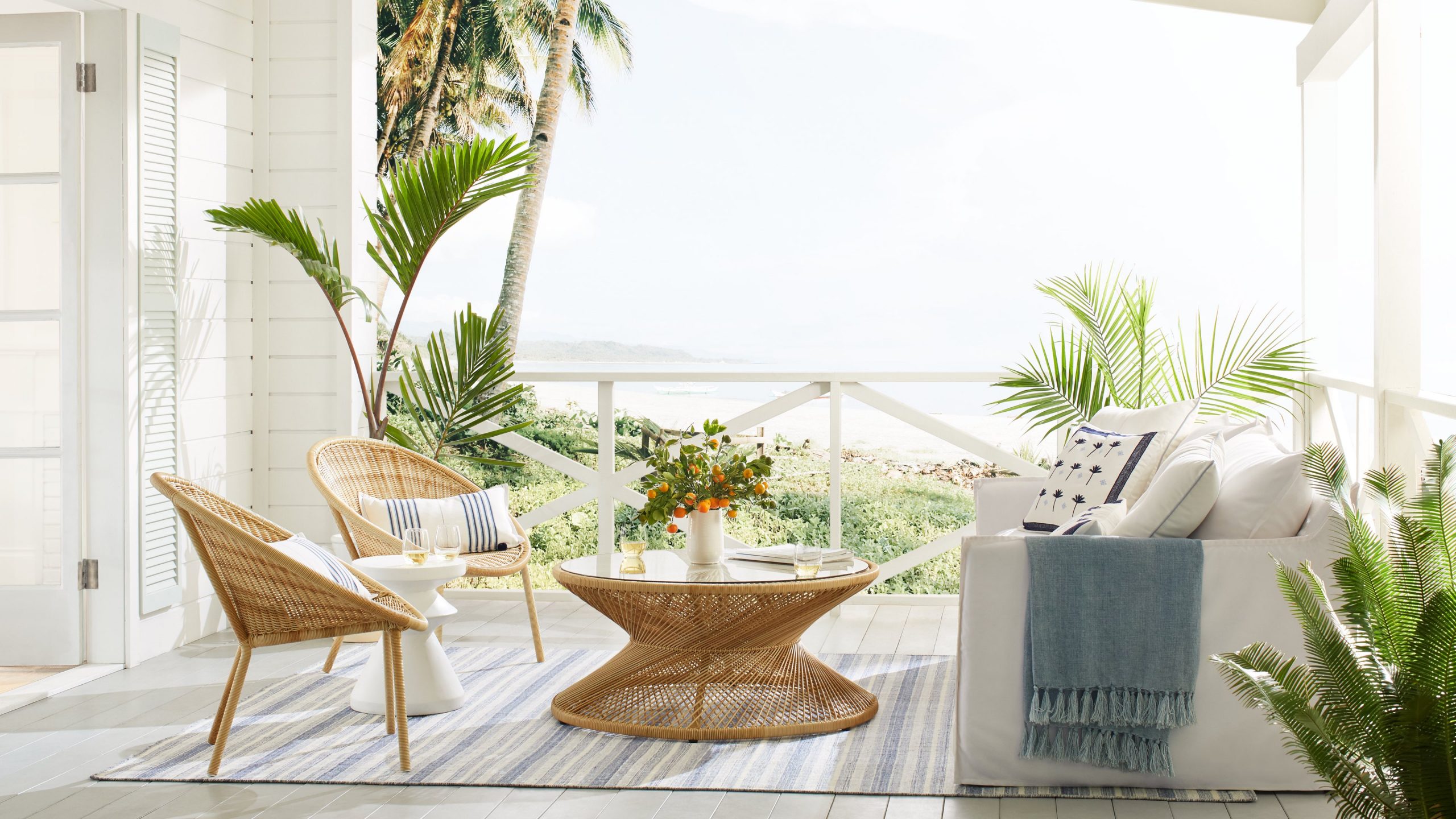
Summer is here and it’s the perfect time to enjoy the great outdoors, even if just in your own backyard.
Does your yard or patio need a little sprucing up? Perhaps you’re dreaming of hosting a summer party but your outdoor space isn’t quite guest-ready.
Don’t worry, we’ve got some simple and affordable DIY projects that might help you inject a little curb appeal and make your home the place to be this summer.
Freshen Things Up with a Coat of Paint
Knoxville is a great place to live because of each distinct season, but those seasons can also wreak havoc on outdoor furniture. One of our favorite DIY projects to freshen up patio furniture involves simple spray paint.
You will want to thoroughly clean your furniture first to remove any dust or debris. If older layers of paint are chipping off, a wire brush might come in handy to smooth the surfaces. Anytime you are removing old layers of paint, take precaution by wearing a dust mask (available at your local hardware store).
This is one of those DIY projects that allows you to get really creative and let your style shine through. There are so many shades and textures of spray paint to select from, with options for painting nearly every type of surface.
Bright cheerful colors are sure to pop on your summer patio while peaceful neutrals and trendy metallics can create a more lush, sophisticated result.
Create a Multi-Purpose Container Herb Garden
Another great way to add some life to your backyard or patio space is by planting a container herb garden. Not only are they fairly easy to create, but container herb gardens are also one of those DIY projects that serve many purposes.
First, fresh herbs add lots of flavor to your cooking, which will come in handy as you plan a menu for your next summer party.
Next, you can choose colorful containers or pots that complement your patio style for lots of visual impact.
Finally, certain herbs are known to repel insects, including those pesky mosquitoes that love to crash outdoor gatherings. Basil, lavender, and mint are three great multipurpose herbs to grow.
Assemble a Portable Summer Party Kit
One great way to make sure you are ready for every possible impromptu summer gathering is by assembling a summer party kit.
Your DIY party kit might include things like disposable plates, cups, and napkins as well as fun decorative items such as a piñata or strings of colorful lights. You could also include sunscreen or battery-powered, handheld misting fans for your guests. And don’t forget skewers for roasting hot dogs or marshmallows for s’mores.
An old wooden crate or a plastic bin makes a great container for your party kit. This is one of those DIY projects that requires a little work on the front end but makes things much easier later on. Having all your essential party supplies gathered together will make organizing your next outdoor summer party easier and less stressful.
These are just a few simple DIY projects you might want to tackle this summer around your home in Knoxville. Get your outdoor space or patio ready and your next impromptu party will sure to be memorable for your guests!
Green Remodeling Projects With Aesthetic Appeal
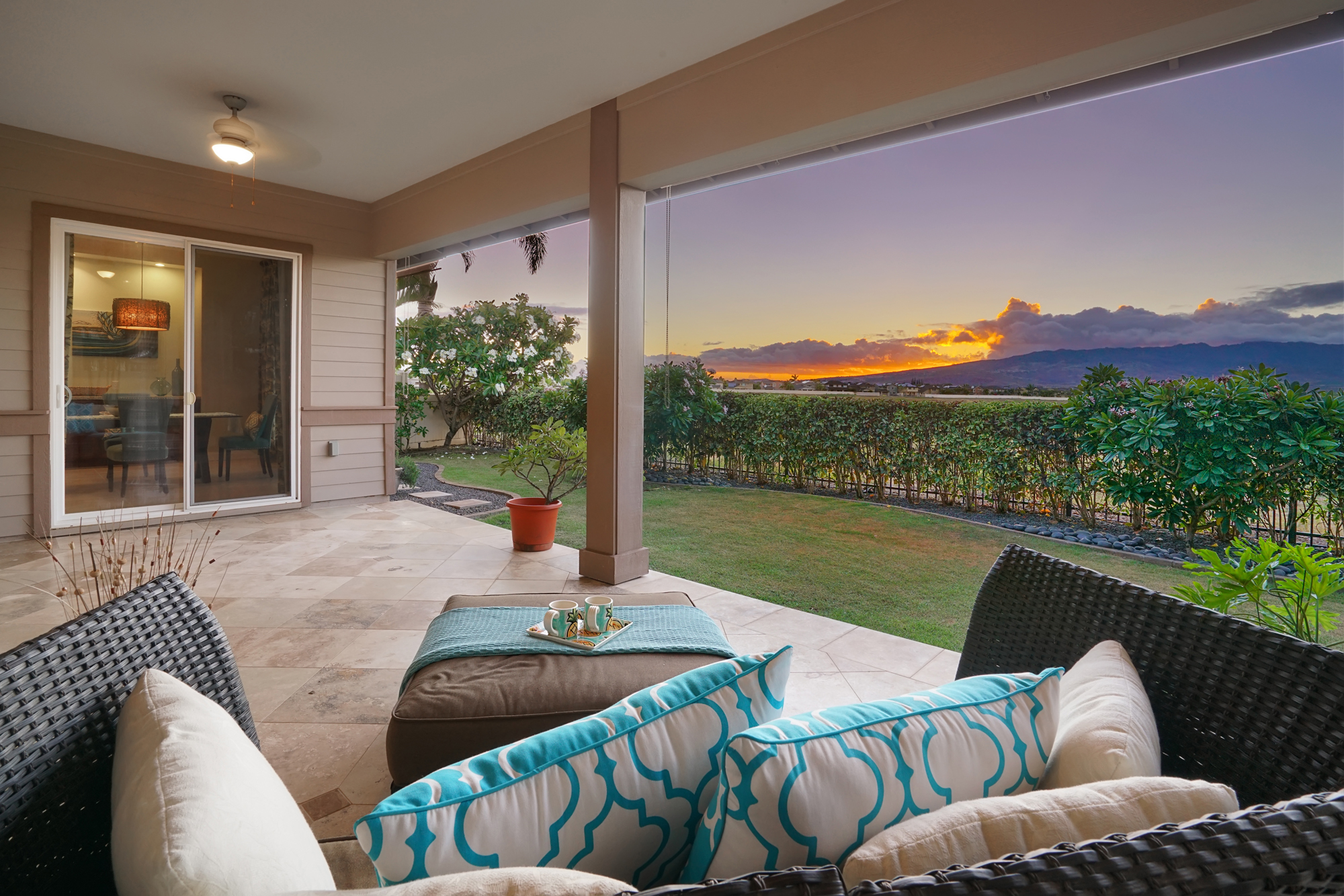
Let’s face it: some remodeling projects are a lot more fun than others. Rearranging the living room? Count me in! But blowing in insulation in the attic? Meh, I’ll pass. And unfortunately, the home projects that have the most environmental impact usually don’t exactly let you bust out the Pinterest boards and interior design magazines. There’s nothing exciting about air sealing, after all.
But that doesn’t mean that there aren’t any green renovations with big design potential. Upcycled and reclaimed goods especially can add a certain editorial panache to your home—while diverting cast-off materials destined for landfills. Or you can go for a new lighting feature, landscaping design, or window treatment that will help you reduce your water and electricity use. Take a look at these five remodeling projects that are all super eco-friendly and pretty easy on the eyes, too!
Redo the Kitchen Countertops in Terrazzo
Every week, US residents throw away enough glass bottles and jars to fill a 1,350 square foot building. Terrazzo, a countertop material made from crushed glass suspended in concrete, helps give some of that glass a purpose—and it has a unique, glittery look, as well. The majority of terrazzo countertops come from post-consumer products, like wine bottles or car windshields. For an extra modern edge in your kitchen, go for sharp, clean lines and install a tiled backsplash in an unexpected pattern behind it for extra oomph.
Install a Solar Tube in Place of Recessed Can Lights in the Hallway
As experts have begun to study the effect that light has on our productivity, alertness, and overall well-being, they’ve noticed that interior lighting that more closely matches the intensity and hue of natural daylight consistently demonstrates the best responses from study participants. A solar tube is what it sounds like—a small, rounded tube cut into the ceiling that reflects natural light from the outdoors into your home’s interiors. Use them in place of recessed lights in a sunroom, hallway, or powder room, and enjoy the positive affect they have on your circadian rhythm—and the electric light they offset, as well!
Repaint Your Furniture with Homemade Milk Paint
Milk paint is exactly what it sounds like—an ancient surface covering mixed from lemon juice, color pigment, and of course, milk. Painted on furniture, it gives pieces an edgy, distressed feel. And it doesn’t contain harmful fumes, like VOCs, that can affect the air quality throughout your home. You can buy milk paint ready-made, or make it yourself using this recipe. Try it on an aging bureau, dresser, or on a side table that could use a lift—and pat yourself on the back for not adding to our landfill footprint!
Install a Solar Shade to Ward Off the Heat
If you live in a warm climate, you may already be aware of how excess solar radiation can affect your cooling bills. The sun raises the interior temperature of your home, meaning your AC has to work harder to keep things cool. And if you have old or outdated windows, the environmental toll may be even greater. While eco-friendly frames and glazings do exist, if you aren’t ready to spring for new windows for your whole home, you can at least protect your HVAC and furniture from solar heat by installing a solar shade over your most sun-prone areas. These green window treatments use specialized materials to block excess light and heat from entering your home. And they come in a variety of styles and colors as well!
Replant a Patch of Lawn with Native Grasses
Here’s one just for you, green thumbs! Every year, thirsty lawns pull billions upon billions of gallons off the water table. In fact, the EPA estimates that lawn irrigation accounts for 30 percent of residential water use—or 9 billion gallons per day. That’s a shocking statistic, and it means that our outdoor spaces could really use some help when it comes to cutting back on the sprinklers. Ornamental native grasses add an eclectic verve to your landscape design—and go well with other water efficient features, like hardscaping or manmade dry creek beds. What’s native will differ according to your area, of course, but reedgrass, oatgrass, and maiden grass are all popular choices—and grow without too much encouragement in many climates. They make the perfect accent next to a line of bushes or along pathways. After all, why shouldn’t green look good?
4 Tips to Making Your Home More Energy Efficient
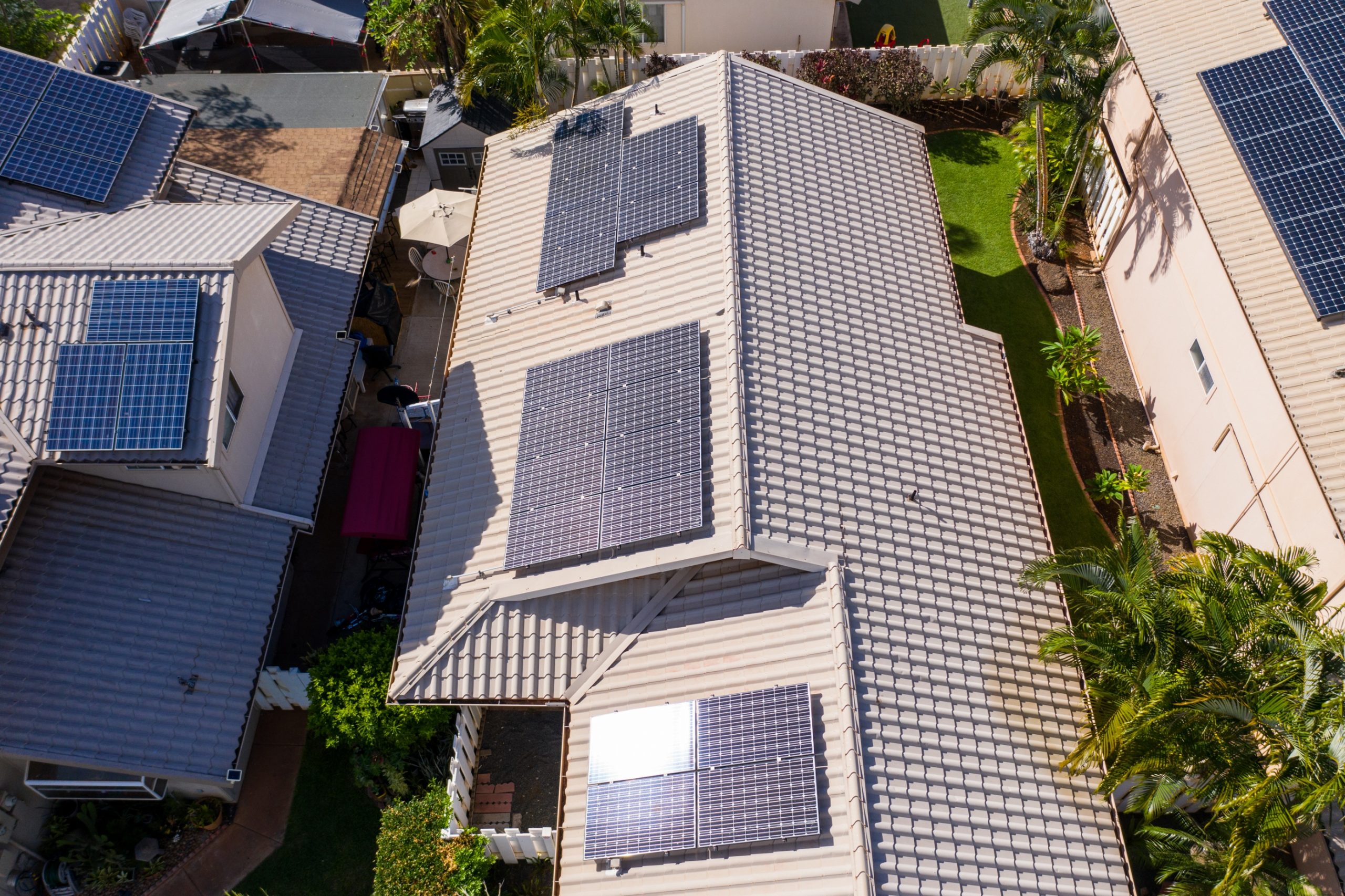
If your resolution for 2019 includes cutting back on household expenses, making your home more energy efficient should be at the top of your list. You’ll find a wide range of products to help decrease your home’s energy consumption. Check out these four tips to make your home more energy efficient this year.
Go Solar
Harnessing the power of the sun is an easy way to incorporate energy efficiency into your home this year. Rooftop solar panels are becoming more popular and less expensive. Tax incentives can drastically reduce the cost of these systems.
Other solar powered options include outdoor lighting. You can choose a variety of lighting options that won’t consume any electricity. Solar powered flood lights, pathway lights, garden and porch lights are just a few of the many options available. Many of these lights are also motion censored, making them even more energy efficient. Consider installing a few of these around the outside of your home.
Auto-Renew Filters
The heating and cooling systems of your home are the primary source of energy consumption. Replacing older furnaces with newer energy efficient models is an excellent way to instantly cut down on energy costs. Can’t afford the newer options? Consider ordering your furnace filters online with an auto-renewal option. You’ll receive a new filter every few months making it easy to change. Doing so can help reduce energy costs as the heating and cooling systems won’t have to work as hard to force air through a clogged filter. Having the filters sent directly to your home also makes it more likely that you’ll replace them more often.
Plant Trees
If you live in the city of trees or an area with plenty of shade you may already be living more efficiently than you think. If not so much, an excellent way to add prolonged energy savings to your home is to plant shade trees in the yard. Not only do trees cut down on the amount of heat that hits your home, but they can also raise your home’s overall value. Trees help the environment by providing more air filtering qualities to the neighborhood. They also provide homes for pollinators and area wildlife. An Auburn University study concluded that your home’s energy costs will be reduced up to 11% by just having a mere 17% of your home shaded by a tree. Planting a few shade trees around your house today is a great investment that will make your home energy efficient for years to come.
Install A Tankless Water Heater
Many homeowners are choosing to ditch the large water heaters that can take up a good chunk of energy by continuously heating many gallons of water. A Tankless water heater only heats up the water that you immediately use. These smaller water heating systems cut down on the amount of space needed for heating water and cut down on the wasted energy of heating water that will need to be reheated later. Both gas and electric powered tankless heaters are available in these on-demand applications.
Any of these four tips will save you money and make your home more energy efficient in the new year. Upgrading to a tankless water heater and solar powered lights may cost you up front, but think of the savings you’ll see for years to come.
7 Easy Landscape Ideas for a New Home
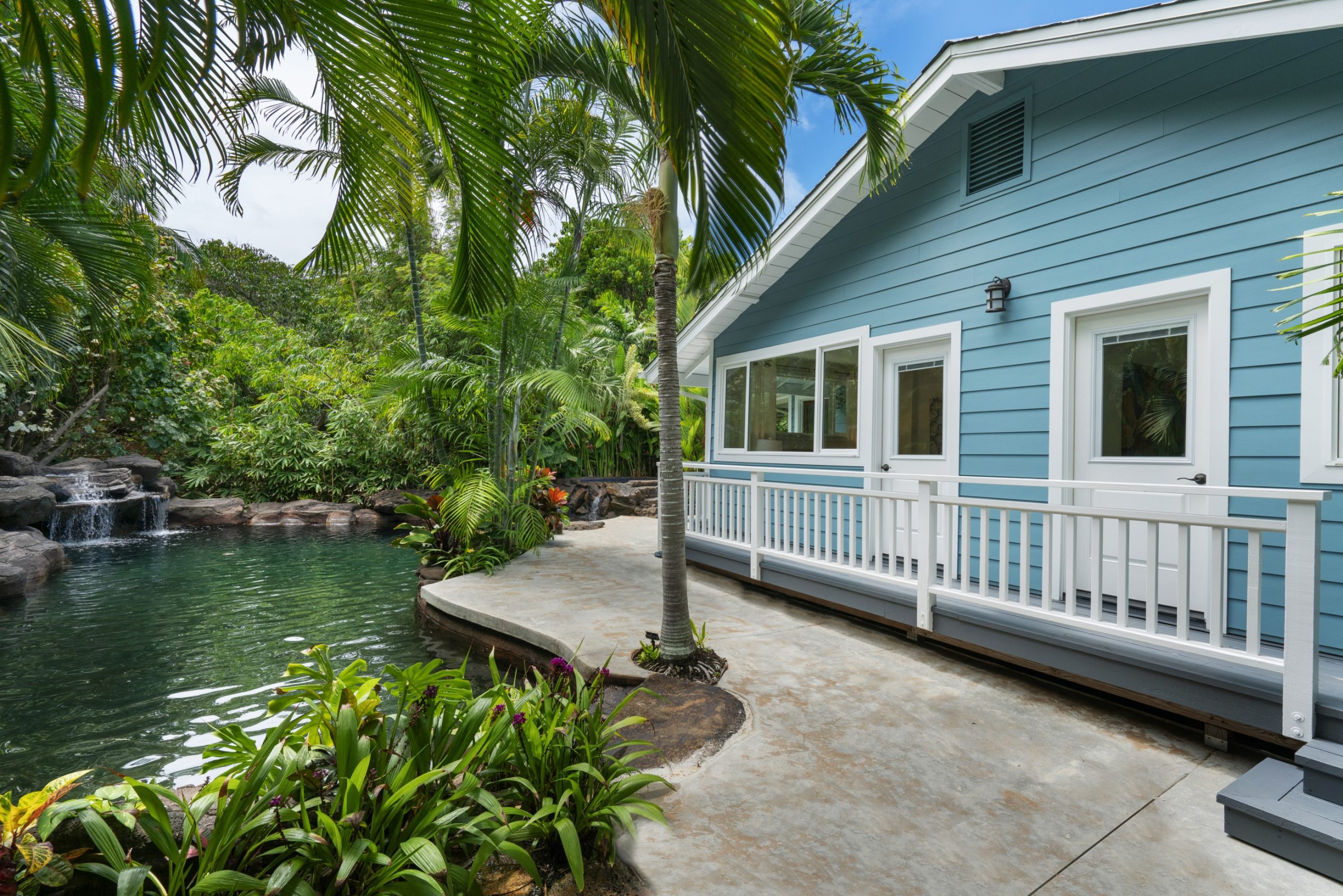
You’ve closed on your new home, unpacked your belongings and breathed a sigh of relief. Now it’s time to look outside and turn your attention to the landscaping. If you’re lucky, you purchased a home that was once owned by a master gardener. However, most of us find our new yard needs a bit of work to make it our own. While some large-scale projects are more complex, there are some simple things you can do to personalize your outdoor living space. Check out these seven easy landscape ideas for a new home:
Plant Shade Trees
Trees are valuable to a landscape once they’ve matured. Older trees not only help shade your home and yard but also freshen the air. Trees also harbor neighborhood birds, which are important to the local environment. Planting a tree is a great way to mark the purchase of your new home and invest in the future. Make sure to plant a shade tree far enough away from the house so that it doesn’t interfere with the foundation or sewer system. You also want to avoid trees that will have you constantly raking and cleaning out the gutters. Consider planting evergreens on a breezy side of the yard to help block the wind.
Go Native
If you plan on adding any new plants to your landscaping, choose purple yarrow, coreopsis, red yucca shrubs or any of the native options that thrive naturally in Dallas. These are the plants that you may notice growing along the edge of a lake, beside roadways, and in untamed areas while on a hike. Native flowers need little water and will attract pollinators to your yard. They’ll also cut down on the amount of time you’ll have to spend maintaining your landscape.
Spread Some Mulch
Bringing in mulch to spread around the base of your landscaped plants is easy and will pay off in the long run. Organic mulch options, like bark dust, will provide beautiful color to the yard and keep plants hydrated. Inorganic mulch options, like stones or pebbles, will last longer but can be harder to spread due to their weight. Both options will help prevent weeds from popping up. Investing an afternoon spreading mulch can also save you a lot of maintenance time later on.
Make It Private
There will be areas of your yard that you will want to enjoy without the glances from neighbors walking by. Have fun with it and start some outdoor projects by planting a row of boxwoods for some semi-private areas or even hang some lattice on one side of the patio. Windscreens and vertical gardens are other ways that you can use the vertical space in the yard to add privacy. Adding a shade canopy or large umbrella can create a sense of privacy for homes with two-story neighbors.
Find A Favorite Spot
Outdoor seating is an integral part of landscaping a backyard. You can easily incorporate room amid plants and garden beds. Place a metal café table near your favorite rose bushes or even hang a hammock between two mature shade trees. Finding a spot in the yard that you can enjoy daily, while also being comfortable, will help you use your outdoor space more often.
Light it Up
A string of patio lights or outdoor solar lights will make the yard safer in the dark and allow you to use your yard well after dark. Go a step further and add a fire pit to the patio (either a permanent or less expensive portable one). The extra light will add a certain ambiance to your yard and encourage your family to get outdoors more often.
Add Some Stepping Stones
Many backyards have gates or side entry points that allow you to enter the yard without going through the house. These areas are often forgotten and usually, don’t include any kind of walkway or path. Consider adding stepping stones from the gate to the back patio to help encourage the use of the pathway without bringing dirt into your new home. Installing just a few stones will also help keep shoes out of the mud and provide a stable area that’s safe to use.
Updating your landscaping will help you increase the usable square footage of your home. You’ll now have more areas to relax and entertain guests.

 Facebook
Facebook
 X
X
 Pinterest
Pinterest
 Copy Link
Copy Link





